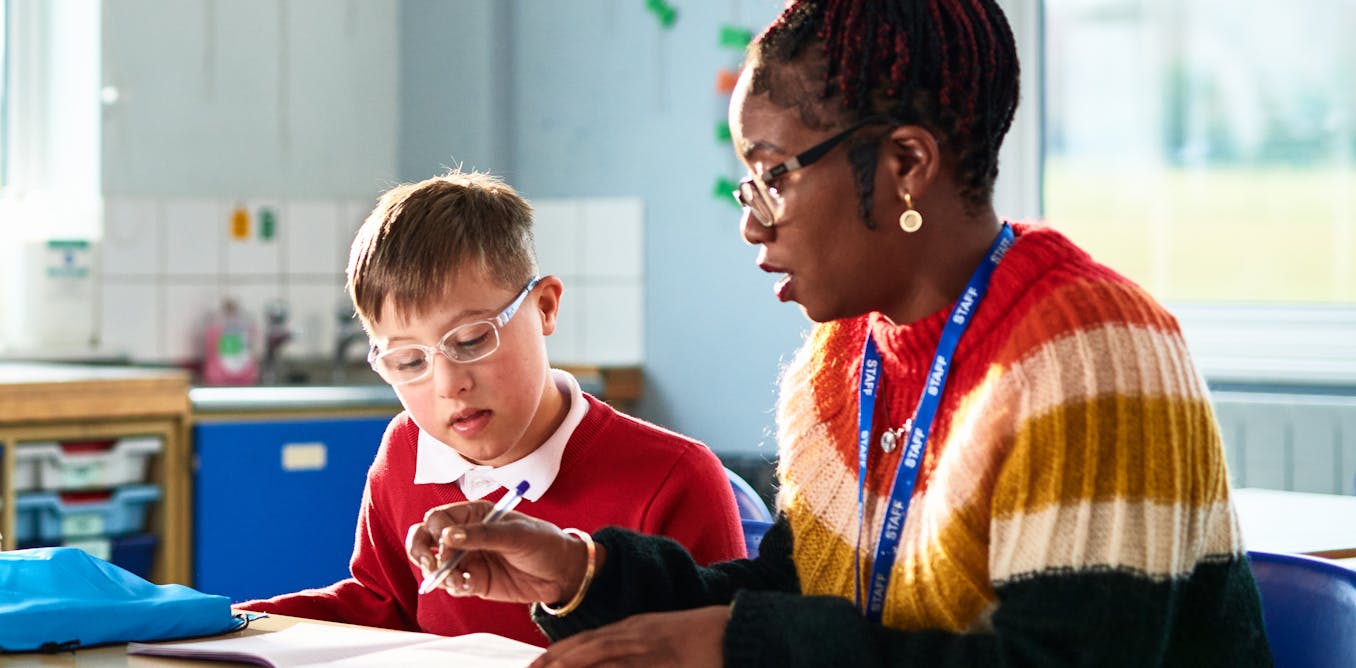Seasonal influenza epidemics impose substantial burdens on healthcare systems and cause more than 5 million hospitalizations of adults each year. The current approach to influenza vaccine development requires comprehensive surveillance of circulating strains, which are constantly moving from continent to continent. The reduction in global human mobility during the COVID-19 pandemic provided a unique opportunity to evaluate how seasonal influenza is impacted during pandemics.
In this new study, an international team of researchers, including from the University of Oxford, Fudan University, and KU Leuven, combined data on the spread of seasonal influenza, its genetic makeup, and international travel patterns to study how seasonal flu viruses moved and evolved. This approach helped to estimate how long the viruses remained in certain regions during periods of high and low volumes of international travel and how their genetic diversity changed before, during, and after the COVID-19 pandemic.
During the COVID-19 pandemic, seasonal influenza levels dropped worldwide due to COVID-19 pandemic-related restrictions on population movement and mixing. However, the subsequent rapid bounce back of influenza once air travel returned to pre-pandemic levels showed that the virus was in most cases maintained during the pandemic with continued viral movements and accumulation of genetic diversity.
Lead author of the study Zhiyuan Chen (University of Oxford and Fudan University) says: “It was remarkable how quickly seasonal flu re-established to a pre-pandemic equilibrium just a few years after the height of the COVID-19 pandemic.”
Tropical climates, like those found across South and East Asia, allow for continued flu transmission year-round, thereby creating a broader range of flu strains and increasing overall viral diversity. The increased capacity for virus genomic surveillance during the COVID-19 pandemic has provided more detail on the role of other regions, such as Africa and West Asia, in the global circulation of influenza. These regions also showed evidence of sustained transmission and during the pandemic had relatively less restrictions on movement, in part due to lower levels of COVID-19 transmission.
Co-author Professor Moritz Kraemer (Department of Biology and Pandemic Sciences Institute, University of Oxford) says: “Increased genomic surveillance capacity established during the COVID-19 pandemic means that we are finally getting a deeper insight into the global distribution patterns of seasonal flu and other respiratory viruses. These novel and large openly accessible datasets provide an opportunity to learn about the intricate relationships of climate, co-circulating viruses, and human behaviour.”
Further, with this increased global capacity for surveillance of viruses it might be possible to better monitor seasonal influenza to reduce the risk of vaccine mismatches, help inform more effective interventions, and reduce the burden of seasonal influenza on our healthcare systems. This is especially relevant as more regions become suitable for year-round circulation of influenza with changes in climatic conditions.
Co-author Professor Hongjie Yu from Fudan University says: “Further efforts should still focus on the continuing surveillance of seasonal influenza viruses and other respiratory pathogens, particularly resource-limited regions. The established surveillance systems for seasonal respiratory pathogens could also play an extremely vital role when the next pandemic emerges in the future.”


